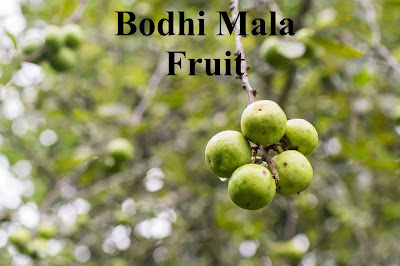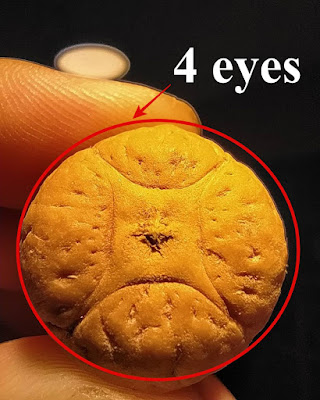Saturday, May 15, 2021
The Buddha Chitta malas
As per the researcher, Khem Raj Bhattarai and Mitra Lal Bodhichitta the tree belongs to a distinct species of Ziziphus budhensis—unique to central Nepal (Timal area) only. Interestingly, it is said that Guru Rinpoche, who introduced Vajrayana Buddhism in Tibet was in meditation retreat in Timal area of Nepal and after finding out environment favorable for Budhi chitta in that region he introduced the Buddha chitta plant.
The Malas are made by harvesting the seeds and a hole is made. They are then segregated as per size and eyes.
It is good to own a Bodhichitta Mala.
༆ །ཐོས་གྲོལ་ཚོར་བ་རང་གྲོལ། 𝐋𝐢𝐛𝐞𝐫𝐚𝐭𝐢𝐨𝐧 𝐓𝐡𝐫𝐨𝐮𝐠𝐡 𝐇𝐞𝐚𝐫𝐢𝐧𝐠 𝐚𝐧𝐝 𝐅𝐞𝐞𝐥𝐢𝐧𝐠: 𝐒𝐞𝐥𝐟-𝐋𝐢𝐛𝐞𝐫𝐚𝐭𝐢𝐨𝐧
མངའ་བདག་ཉང་དང་ཉི་མ་གྲགས་པ་སོགས་ཀྱི་གཏེར་ཁ་ནས་ཡང་ཡང་བྱུང་བ། Repeatedly revealed from the treasure troves of lords such as Nyang and Nyima Dra...

-
༄༅། །རྒྱ་ནག་པོའི་སྐག་ཟློག་ཅེས་བྱ་བ་བཞུགས་སོ། ། GYA NAG-PO’I KAG-DOG CHE JYA-WA ZHUG-SO THE INCANTATION FOR REPELLING DARK ASTROLOGICAL...
-
Mewa: 1 White Color: White Element: Iron Direction: North Length of life: 71 years. There will be four difficult times during the life. ...
-
According to oral sources, the cypress tree behind the old Lhakhang is believed to have been grown from a walking stick used by Guru Rinpo...













